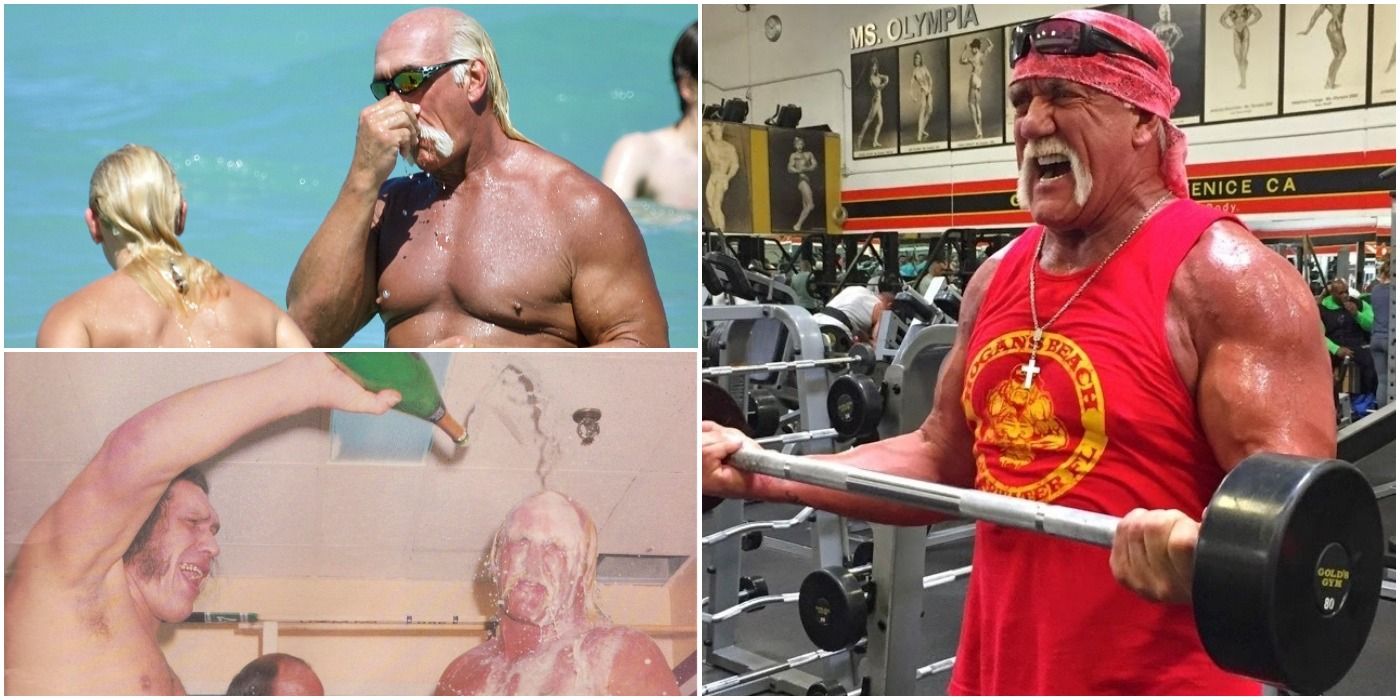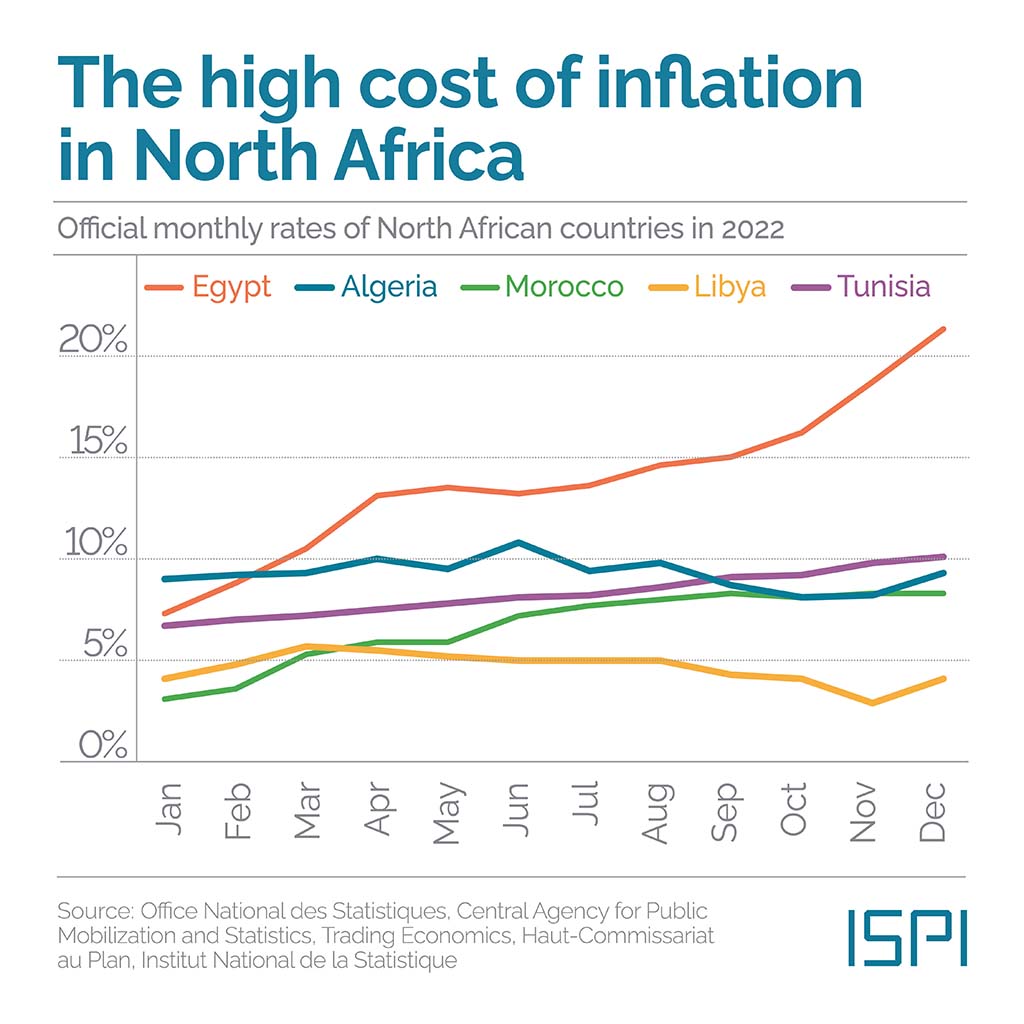Analysis of the Legacy of Terry Bollea (“Hulk Hogan”) in the Context of Sustainable Development Goals
The recent passing of Terry Bollea, professionally known as Hulk Hogan, at age 71 provides an opportunity to assess his multifaceted career and complex legacy. This report evaluates his impact on popular culture, the professional wrestling industry, and society, with a significant emphasis on its alignment with the United Nations Sustainable Development Goals (SDGs).
Economic and Institutional Influence
Contribution to Decent Work and Economic Growth (SDG 8)
Hulk Hogan’s career was a significant driver of economic activity within the entertainment sector. His rise to prominence in the 1980s transformed professional wrestling into a mainstream, multi-billion dollar industry.
- He served as the main attraction for the World Wrestling Federation (WWF, now WWE), leading to unprecedented growth in live event attendance, merchandise sales, and pay-per-view broadcasts.
- His transition to World Championship Wrestling (WCW) in the 1990s single-handedly shifted the industry’s economic balance, creating a competitive environment that further fueled growth.
- This economic expansion created numerous jobs, from performers and production crew to marketing and administrative staff, thereby contributing to economic growth. However, the “decent work” aspect remains debatable, given the physical toll and lack of long-term healthcare provisions for many performers of that era.
Impact on Justice and Strong Institutions (SDG 16)
Hogan’s influence extended to legal and media institutions. His on-screen persona was often a simplistic champion of “justice,” a theme that resonated widely. Off-screen, his actions had a more tangible impact on institutional frameworks.
- The lawsuit against Gawker Media, funded by a third party, resulted in the bankruptcy of a major media outlet. This case raised significant questions about privacy, freedom of the press, and the use of the justice system by powerful individuals to settle grievances.
- The wrestling promotions he anchored (WWE, WCW) can be viewed as powerful institutions within their sphere. Hogan’s career demonstrates how a single individual can shape the trajectory, governance, and public perception of such entities.
Social Impact and Alignment with Global Goals
Promotion of Health and Well-being (SDG 3)
The “Hulkamania” persona was built on a message ostensibly promoting positive values, summarized by the catchphrase to “train, say your prayers, and eat your vitamins.” This can be interpreted as a rudimentary public health campaign aimed at a young audience, encouraging physical fitness and a disciplined lifestyle. Conversely, the reality of professional wrestling highlights significant challenges to SDG 3, including the high risk of injury, chronic pain, and the long-term health consequences faced by its athletes, including Hogan himself.
Challenges to Reduced Inequalities (SDG 10) and Gender Equality (SDG 5)
Hogan’s legacy presents a stark contradiction to the goal of reducing inequalities. His career is marked by actions and statements that undermined social progress.
- Publicly documented racist remarks are in direct opposition to the principles of SDG 10, which aims to reduce inequality within and among countries by promoting the social, economic, and political inclusion of all, irrespective of race or ethnicity.
- The era dominated by Hogan was characterized by a hyper-masculine presentation of sport, offering limited roles and visibility for female athletes. While the industry has since made strides toward Gender Equality (SDG 5), his period represents a baseline from which significant progress was necessary.
Conclusion: A Legacy of Contradictions
In final analysis, the career of Hulk Hogan offers a complex case study when measured against the benchmarks of the Sustainable Development Goals. He was an undeniable economic force who contributed to the growth of a global industry (SDG 8) and a cultural icon who projected a message of health and strength (SDG 3). However, his personal conduct and the nature of his celebrity often conflicted with progressive goals concerning social and racial equality (SDG 10) and the fair application of justice (SDG 16). The final assessment reveals a figure whose impact on the global landscape was as profound as it was contradictory.
SDGs Addressed in the Article
The provided article is a retrospective on the life and career of a celebrity, Hulk Hogan. It does not explicitly discuss sustainable development. However, certain aspects of his controversial legacy, as detailed in the text, can be connected to the principles and goals of the Sustainable Development Goals (SDGs). Based on the issues mentioned, the following SDGs are relevant:
- SDG 10: Reduced Inequalities
- SDG 16: Peace, Justice, and Strong Institutions
Specific Targets Identified
SDG 10: Reduced Inequalities
This goal is relevant due to the article’s direct mention of racism, which is a primary driver of inequality.
-
Target 10.3: Ensure equal opportunity and reduce inequalities of outcome, including by eliminating discriminatory laws, policies and practices and promoting appropriate legislation, policies and action in this regard.
- Explanation: The article explicitly points to Hogan’s “racist remarks” as a significant part of his complicated legacy. These remarks represent a form of discriminatory practice that perpetuates social inequality and harms equal opportunity. The text notes that fans must consider “all the other stuff. His racist remarks,” highlighting this as a key issue that tarnished his public image and is contrary to the principles of this target.
SDG 16: Peace, Justice, and Strong Institutions
This goal is connected through the article’s reference to the legal system and its profound impact on a major institution.
-
Target 16.3: Promote the rule of law at the national and international levels and ensure equal access to justice for all.
- Explanation: The article references a major legal battle involving Hulk Hogan, stating that his legacy includes “His sex tape and the ensuing lawsuit that brought down a media empire.” This event is a direct example of an individual accessing the justice system to seek remedy, demonstrating the “rule of law” in action. The significant outcome of the lawsuit underscores the power and function of legal institutions in society.
Indicators for Measuring Progress
The article does not mention official SDG indicators, but it implies ways to observe progress related to the identified targets.
Implied Indicator for Target 10.3
-
Proportion of the population reporting having personally felt discriminated against or harassed on the basis of a ground of discrimination prohibited under international human rights law.
- Explanation: While not a direct measurement, the article’s focus on “racist remarks” by a major public figure points to the societal problem of discrimination. The public and fan reaction to these remarks, which complicated his legacy, reflects a societal awareness and rejection of such discrimination. Tracking the prevalence and public response to such incidents serves as an informal indicator of a society’s progress toward eliminating discriminatory practices.
Implied Indicator for Target 16.3
-
Public access to and outcomes of civil justice.
- Explanation: The article’s mention of the “ensuing lawsuit that brought down a media empire” serves as a case study for this indicator. It highlights a high-profile civil justice case where an individual utilized the legal system. The dramatic outcome demonstrates that the judicial process is accessible and can deliver consequential rulings, which is a key component of ensuring access to justice for all.
Summary Table of SDGs, Targets, and Indicators
| SDGs | Targets | Indicators (Implied from Article) |
|---|---|---|
| SDG 10: Reduced Inequalities | Target 10.3: Ensure equal opportunity and reduce inequalities of outcome, including by eliminating discriminatory practices. | Incidence and public condemnation of discriminatory speech (e.g., “racist remarks”) by public figures. |
| SDG 16: Peace, Justice, and Strong Institutions | Target 16.3: Promote the rule of law and ensure equal access to justice for all. | Functioning of the civil justice system as evidenced by high-profile legal actions (e.g., the “ensuing lawsuit that brought down a media empire”). |
Source: sports.yahoo.com







